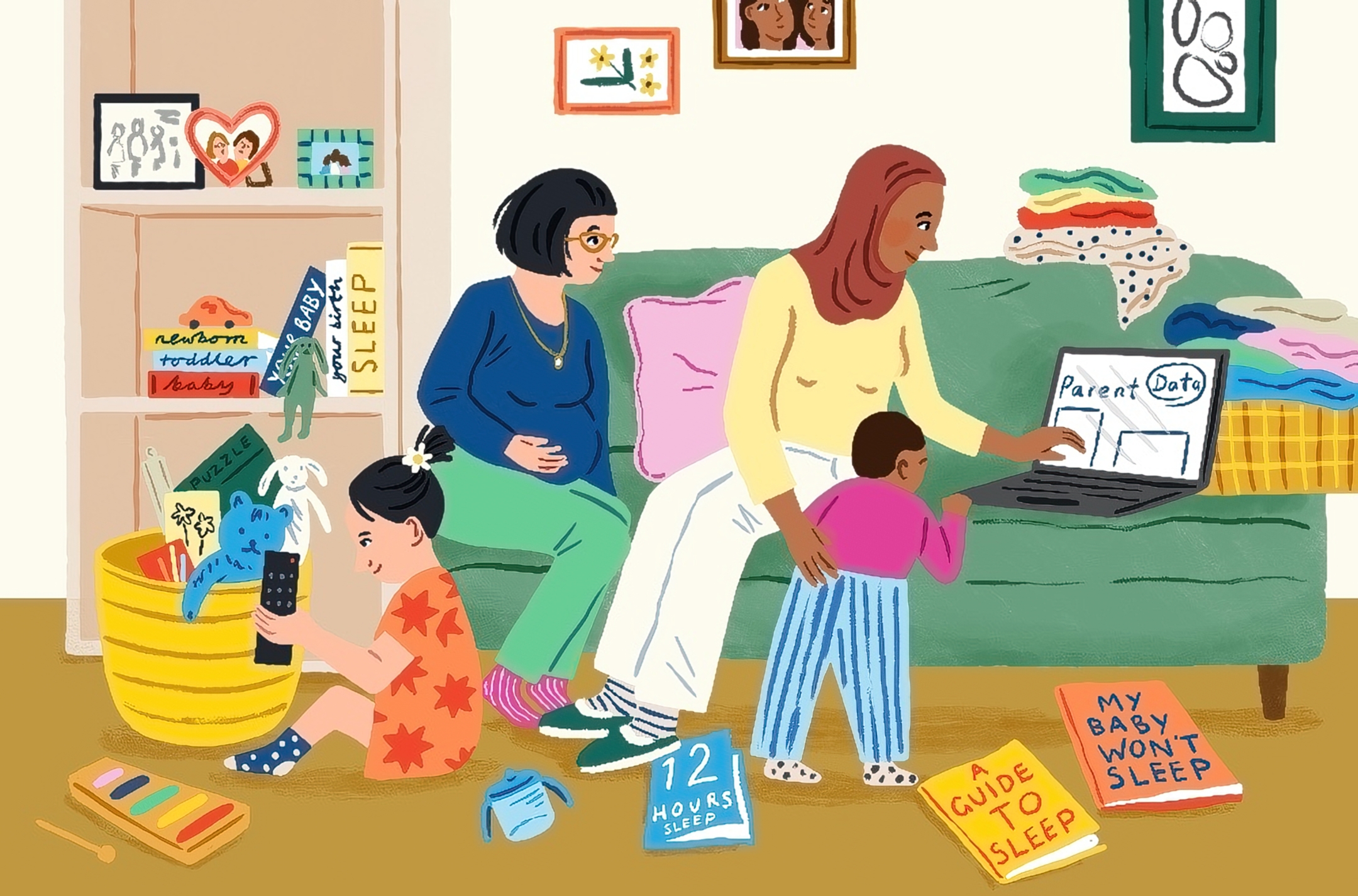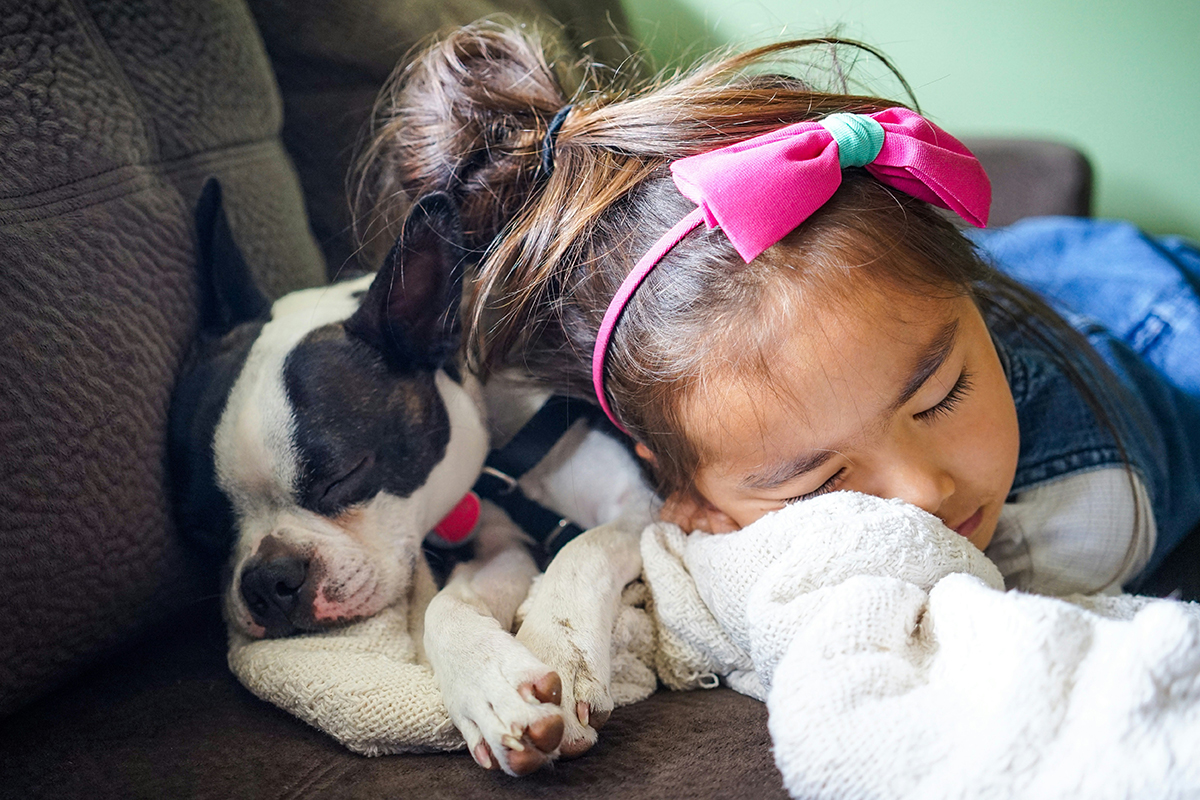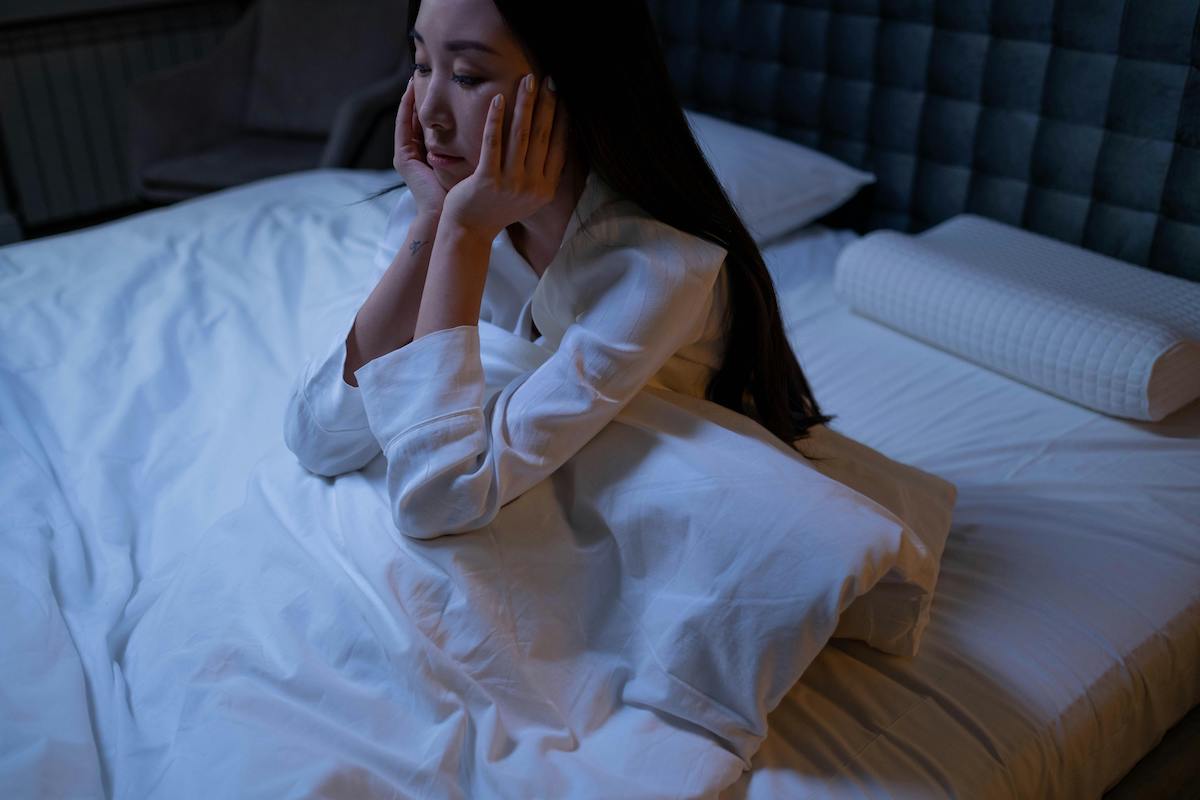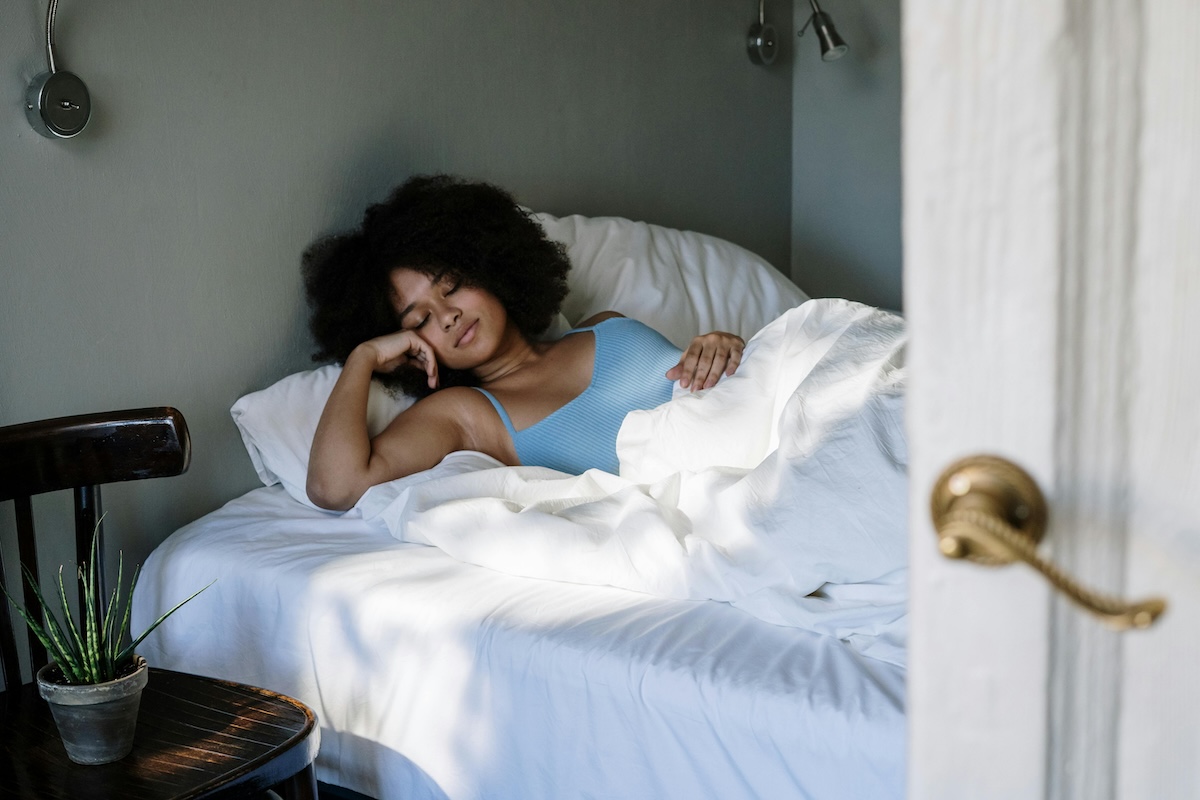If you have a child who is having trouble falling asleep — repeatedly leaving their room after bedtime, stalling excessively, asking for just one more drink of water — you’re probably at your wit’s end looking for solutions. Wouldn’t it be great if you could just give them a pill and make it all stop? This is the point at which many parents hear about melatonin.
Melatonin is a natural hormone responsible for helping us fall asleep and for regulating our circadian rhythms. It’s secreted by the pineal gland, part of the endocrine system. With less melatonin, sleep cycles are disrupted (this happens more as people age, for example, or with certain diseases).

The melatonin that you can buy over the counter, which is what we’re talking about here, is just a synthetic version of that hormone. Put very simply, it works by supplementing the hormones your body produces naturally. Melatonin is widely available over the counter or online — it comes in quick-release or delayed-release form, in gummies and pills. An important note, which I will return to later, is that this is a largely unregulated space, and the actual hormone concentration in over-the-counter options often varies from what is stated. This point will matter more for thinking about longer-term usage.
Melatonin, in both kids and adults, is used for two primary sleep reasons. The first is jet lag or some other significant disruption in circadian rhythm. The second is general insomnia, especially “sleep onset” insomnia, in which the issue is difficulty falling asleep in the first place. I’m going to talk about each of these in turn, since the way we’d think about them is a bit different. In both cases, the key questions are simple: Does it work, and is it safe?
Melatonin and jet lag
There is significant randomized controlled trial evidence supporting the use of melatonin to address jet lag in adults. There is an excellent Cochrane Review of trials (linked above), which ends with “Melatonin is remarkably effective in preventing or reducing jet lag, and occasional short-term use appears to be safe.”
In these data, adult doses in the range of 0.5 to 5 milligrams show similar impacts, likely arguing for using lower doses. A key is to take the medication close to the “target bedtime” (i.e. at night).
There is limited direct evidence in children, although given the evidence from adults and the general principle, it seems extremely likely that children would also respond positively. Safety data on long-term use (again, below) suggests limited reason for concern. Children are likely to respond to a lower dose than adults, perhaps as little as 0.25 mg.
In brief: As a short-term support for jet lag, melatonin may well be a good idea.
Melatonin and sleep problems
Many parents (particularly ones whose children have trouble falling asleep) ask about longer-term melatonin use as a sleep aid, not necessarily for jet lag. The answer to this is more complicated.
First, I should note that in The Family Firm I spend a lot of time talking about how important sleep is. We have good evidence, from randomized trial data and school start-time variation, that sleep is important for kids to function well, and that even an hour more or less can matter. So thinking about how to make bedtime go better isn’t just about limiting conflict or making the lives of parents easier; it’s also about getting your kid the better sleep they need.
Knowing this, I think, may push some parents to look to melatonin — which seems like a safe, natural option — as a way to improve bedtime. Indeed, when I spoke with a couple of pediatricians, they said this is an extremely common question.
They made a point — the same point made in broader medical discussions of melatonin for children — that it shouldn’t be a first line of defense, nor is it a magic bullet. Giving your kid a dose of melatonin at 8 p.m. probably isn’t going to suddenly move them from falling asleep at 11 to 8:30.
So before you turn to melatonin, it’s worth thinking through the other elements of bedtime. Is there a consistent and predictable bedtime routine for your kid? Are they going to bed at the “right” time for their age and sleep needs? If your child wakes up without trouble and seems well-rested during the day, they may just need a later bedtime. If your child is still napping during the day and then struggling to sleep at night, dropping the nap should be the first line. Finally, there is some evidence that digital screens in the couple of hours before bed interfere with sleep (this is perhaps most relevant for older children).
In many cases, the solution to sleep problems is to face them head-on. Establish and implement a bedtime routine that enforces consistency in what happens at bedtime and has clear boundaries. I wrote specifically about how to do that in this post, and talked with a sleep consultant about how parents can implement better sleep routines in a podcast episode.
This is all to say that before you consider melatonin, there are other steps first. In addition, melatonin is typically used to promote falling asleep, not continued sleep: the focus of efficacy is sleep-onset insomnia, so it is not likely to be the answer if your child is waking up in the middle of the night.
Most of the evidence on melatonin and children focuses on children with neurodisabilities, including autism spectrum disorder (ASD) and attention-deficit/hyperactivity disorder (ADHD). There is a sense that some of the findings might well translate to neurotypical kids, but those populations aren’t well studied.
On the question of efficacy, this review and meta-analysis covers 11 trials with about 600 children. The trials, when put together, show evidence of the efficacy of melatonin in promoting sleep. The effects are especially large in children with ASD (versus those with other neurodevelopmental disorders). The average sleep increase is about 15 minutes, which may seem small but means a longer increase in some kids.
We always worry about medications, and in this case concerns have been raised about interactions between treatment with melatonin and the function of the natural endocrine system. However, safety data on long-term use (also focused on children with neurodisabilities) has argued that there is evidence of safety in the short and long term (or rather, that it is “well tolerated”). There is little positive evidence to support concerns about interactions with puberty timing. Having said this, we do not have any kind of significant evidence on long-term use in neurotypical kids. This makes it difficult to substantiate claims of either safety or harm.
Typical dosing for melatonin is in the range of 1 to 3 mg, given shortly before bedtime.
Two very important notes. First, any long-term (or even probably short-term) use of melatonin is a discussion to have with your pediatrician. Second, testing in many over-the-counter melatonin options suggests that the concentration in many cases differs widely from what is advertised. Pharmaceutical-grade melatonin is also available over the counter but with more consistent dosing. For longer-term use, this option would be appropriate.
The bottom line
- For short-term use of melatonin for jet lag and short-term sleep disruptions, there is good evidence of efficacy and are limited concerns.
- Long-term use for sleep-onset insomnia should definitely not happen without pediatrician discussion, and is not a first line for neurotypical children, though it may be appropriate in some circumstances.
















Log in
We’re in the UK and our paediatrician was shocked that you can get melatonin over the counter in the U.S. here, they make you see a GP and a child psychiatrist before they’ll give it to you, and it’s never more than 2 mg to start. That said, it’s been a godsend for my ASD 5-year-old – he has always struggled with the sleep and for the past year or so has been lying awake until 10pm or later in spite of a consistent bedtime routine that always had him in bed by 8. Poor kiddo was falling asleep in preschool and kindergarten every day and was visibly exhausted. The melatonin has him asleep by 8pm every day!